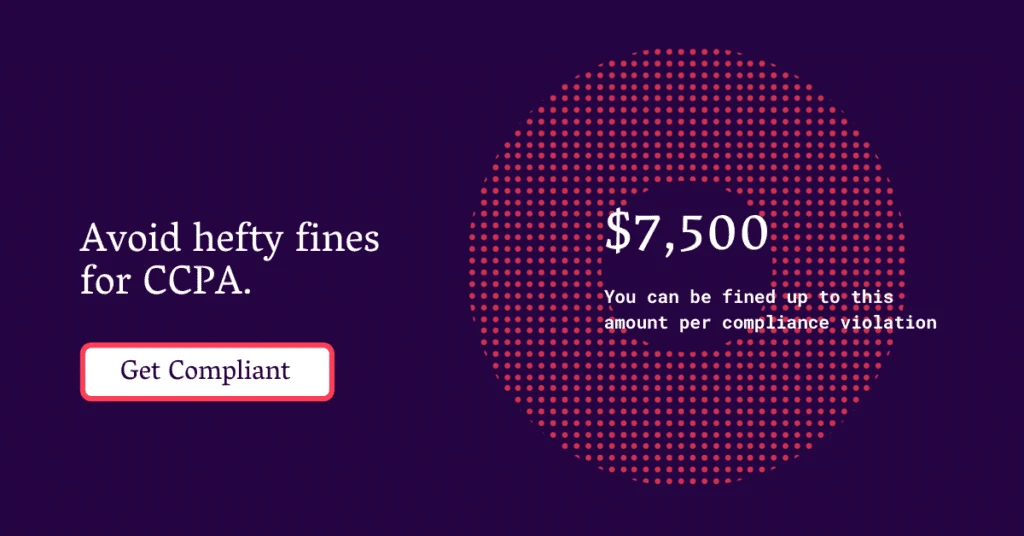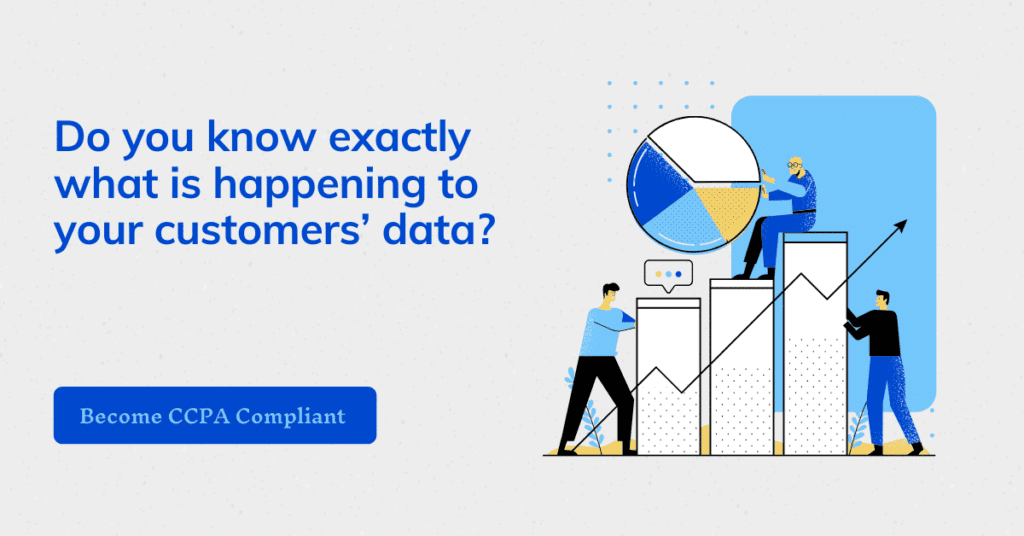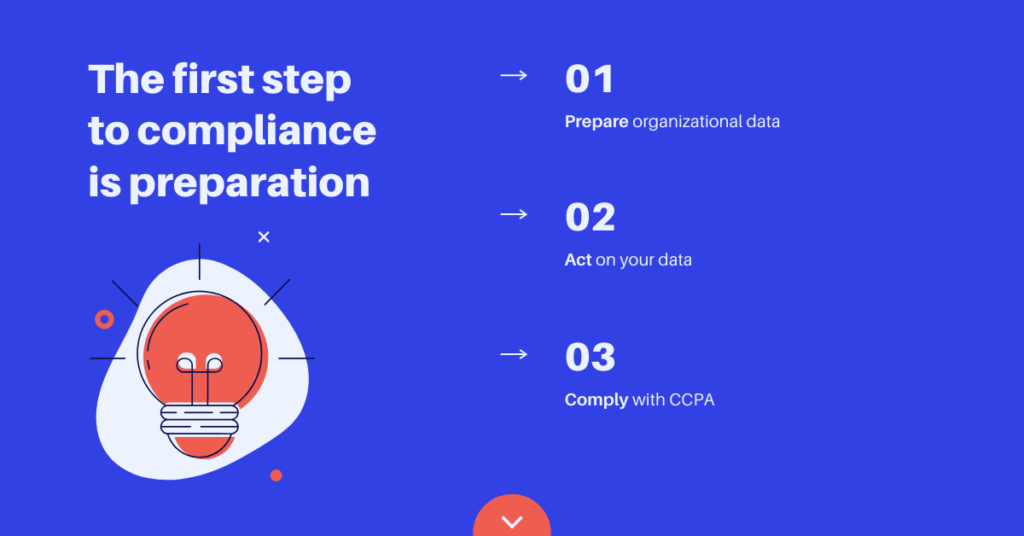Benefits of FHIR (Infographic)
When Prolifics engineers first learned about HL7’s FHIR standards, in response to the healthcare industry’s challenge with FHIR interoperability and healthcare data interoperability, ideas began pouring into our Innovation Center. The result was our Quick FHIR solution that goes beyond simple FHIR API integration with your existing systems, adding a layer of security plus AI and FHIR and machine learning in healthcare data to help you better manage and analyze your information.
This infographic provides an at-a-glance description of the benefits of FHIR to your health organization. Be sure to click to see the large version.
Who Benefits from FHIR?
Developers
FHIR for developers builds on, co-exists with, and leverages HL7’s earlier product lines (HL7 v2, HL7 v3, CDA) while using common web standards like RESTful services, XML, JSON, HTTP, and OAuth. Developers looking to explore FHIR healthcare standards may find themselves in familiar territory. They will also find the following appealing:
- Open-source FHIR tools that are free to use
- Comes with out-of-the-box FHIR interoperability
- Base resources can be used as-is or adapted as needed
- Integrates seamlessly with popular web service technologies
Patients
FHIR for patients makes health data accessible, giving individuals more control over their healthcare decisions. From diet and exercise to treatment and medication, more data means smarter consumers. Patient access to health data through FHIR:
- Allows new technologies to aggregate health data, for example, Apple’s Health app
- Eliminates duplicate tests and services, reducing costs
- Prevents errors from missing or incomplete patient data, supporting better outcomes
Researchers
FHIR for researchers has the potential to transform clinical research, epidemiology, and outcomes studies. Accessible EHR and patient-generated data can mean:
- Shorter, less expensive clinical trials, making clinical research with FHIR more efficient
- Improved interactions with clinicians and patients
- Better risk assessment for new medical products
Physicians
FHIR for physicians combined with FHIR EHR integration allows faster access to patient records and health data. With leveraging AI and machine learning with FHIR, the possibilities expand to:
- Improved diagnoses and treatment plans
- Shorter patient visits without losing quality of care
- Flexibility to change vendors thanks to increased system compatibility
Payers
FHIR for payers helps health insurers adapt to HHS regulations for CMS and ONC FHIR compliance. This allows them to:
- Easily update providers on health plan protocols
- Enable freer, secure healthcare data exchange of claims and patient information via third-party apps
- Automate approval processes, reducing administrative time
We invite you to share this with colleagues and visit our FHIR information hub. If you want to learn more about FHIR adoption benefits for healthcare providers, or need FHIR solutions for health insurance payers that meet FHIR compliance with CMS interoperability rules, contact us at solutions@prolifics.com.







